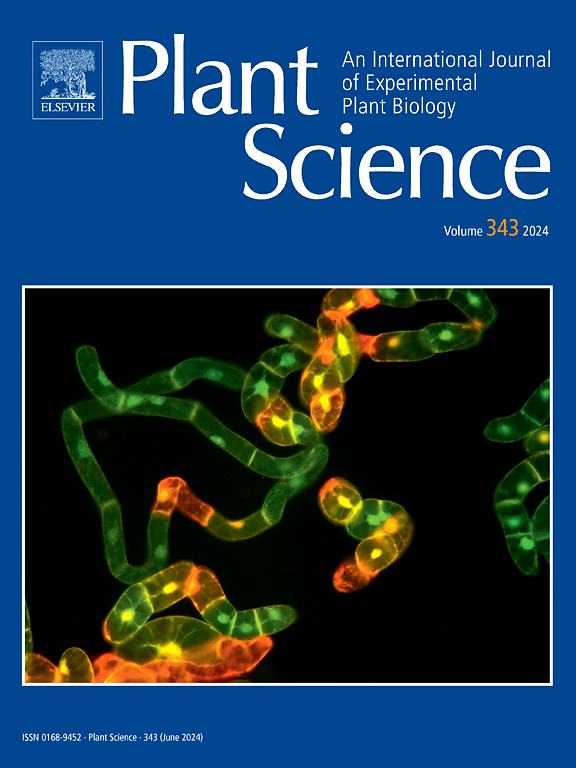Studies on the regulation of E3 ubiquitin ligase APC3 and its interacting proteins on the tetraspore formation and release in Gracilariopsis lemaneiformis (Rhodophyta)
IF 4.2
2区 生物学
Q2 BIOCHEMISTRY & MOLECULAR BIOLOGY
引用次数: 0
Abstract
E3 ubiquitin ligases play significant roles in development of high plants and animals. We recently found that E3 ubiquitin ligase APC3, the subunit of the anaphase promoting complex/cyclosome, was involved in tetraspore formation and release in Gracilariopsis lemaneiformis, an economically important red alga. GlAPC3 showed opposite expression pattern in low-fertility cultivar 981 and high-fertility strain WLP during the process of tetraspore formation and release, up-regulated in 981 and down-regulated in WLP. Five proteins related to chromosome segregation, SMC3, NUF2, APC2, APC8 and APC10, were detected to interact with APC3, which were all located in the nucleus. NUF2 and CDC20 were the substrates of APC3, combined with Lysine-11, Lysine-48 and Lysine-63 of ubiquitin chains containing two or four ubiquitin. The key amino acids for ubiquitination of APC3 covered 474th Aspartate, 502nd tyrosine and 506th leucine, any mutation of which resulted in a loss of ubiquitination. During the process of tetraspore formation and release, SMC3 was significantly up-regulated only in 981, low number of tetraspore release. NUF2 and APC2 were significantly down-regulated only in WLP, with high frequency and large amount of tetraspores release. The data provided that APC3, SMC3 and NUF2 might be the key gene affecting the fertility of Gp. lemaneiformis. The study helps to explore the regulation mechanism of APC3 with SMC3 and NUF2 by the process of chromatids segregation in regulating tetraspore formation and release of Gp. lemaneiformis.
求助全文
约1分钟内获得全文
求助全文
来源期刊

Plant Science
生物-生化与分子生物学
CiteScore
9.10
自引率
1.90%
发文量
322
审稿时长
33 days
期刊介绍:
Plant Science will publish in the minimum of time, research manuscripts as well as commissioned reviews and commentaries recommended by its referees in all areas of experimental plant biology with emphasis in the broad areas of genomics, proteomics, biochemistry (including enzymology), physiology, cell biology, development, genetics, functional plant breeding, systems biology and the interaction of plants with the environment.
Manuscripts for full consideration should be written concisely and essentially as a final report. The main criterion for publication is that the manuscript must contain original and significant insights that lead to a better understanding of fundamental plant biology. Papers centering on plant cell culture should be of interest to a wide audience and methods employed result in a substantial improvement over existing established techniques and approaches. Methods papers are welcome only when the technique(s) described is novel or provides a major advancement of established protocols.
 求助内容:
求助内容: 应助结果提醒方式:
应助结果提醒方式:


